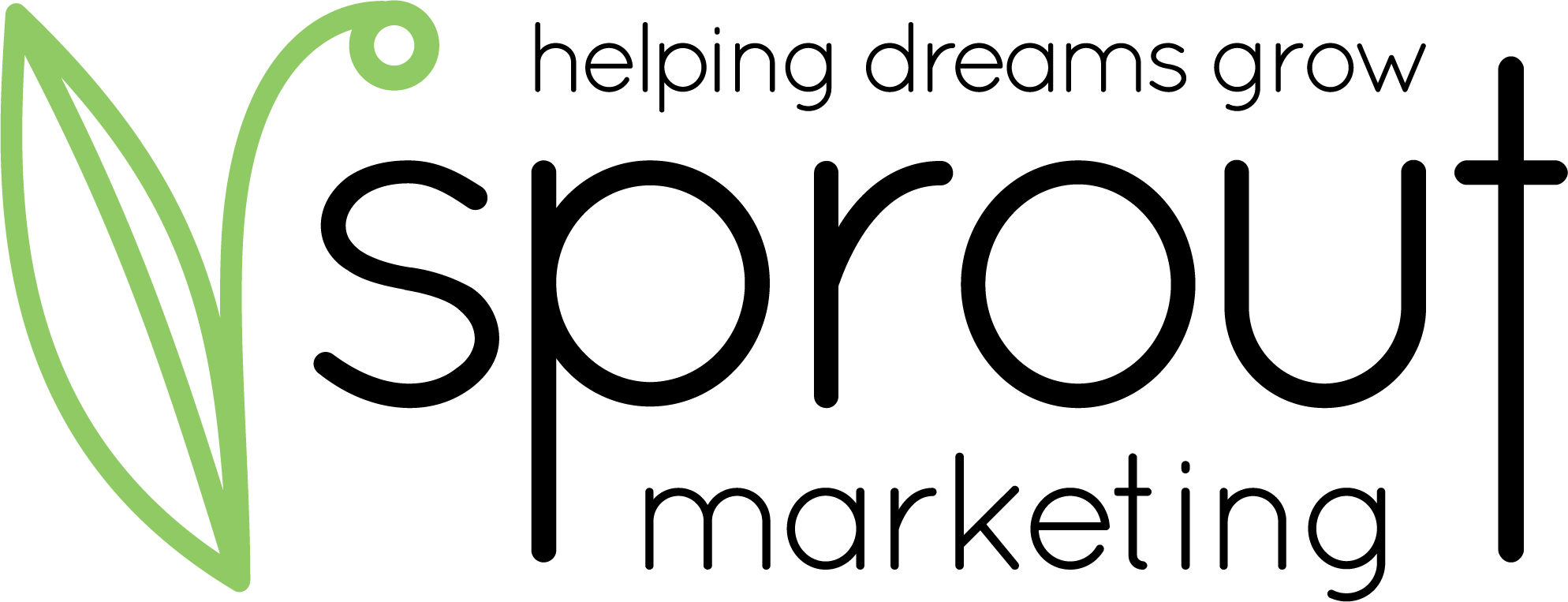
You’ve hired a professional to knock out that website, blog, e-mail, flyer, or whatever has taken up space on your to-do list. But before you get pumped to see your first draft, creating that masterpiece takes a collaborative process and constructive feedback to succeed.
Even if your project starts with a bang, you’ll probably want changes on the first draft. That’s typical, which is why it’s a first draft or a preliminary version. Knowing how to deliver great constructive feedback from the first draft to the last will ensure your project goes smoothly and ends in a masterpiece you love.
What is Constructive Feedback?
First, let’s establish that not all feedback is created equal. Constructive feedback is helpful, focused, and solution-oriented. It aims to outline areas to change and provide comments, suggestions, and input for someone to make the changes successfully.
On the contrary, destructive feedback focuses on the person rather than the outcome and is often vague and unhelpful. It usually intends to hurt or criticize someone, often leading to an ineffective outcome. Constructive builds up the project, while destructive can destroy it, even if it’s not meant to be intentional.
Now that you want to avoid destructive feedback at all costs let’s discover how you can deliver great constructive feedback.
Collaborate Beginning Day One
Your creative partner on the project will come to the table with creative ideas and concepts. They’ll see your product, service, and business differently. They also offer best practices to enhance the project. For example, a website copywriter will know how to structure pages and copy to make reading your information easier online.
You’ll act as the subject matter expert on your business, industry, service, product, and target audience. Provide thoughtful direction, information, and constructive feedback during the entire project. Remember, your creative partner is not an expert on your audience, industry, or business. However, they should try to get up to speed and learn as much as possible for the project’s success.
Offer Relevant Examples
Pink is my favorite color – evidenced by the blush pink background of my website. Blue may be your favorite color. Creative work is subjective, so discussing what you like and don’t like first is good.
For larger projects, such as website copywriting and a makeover, I’ll ask for examples of competitor sites. I also ask for inspirational sites that have nothing to do with their product or service. For smaller projects like a flyer, there may be a previous flyer or other marketing materials to reference. The goal is to learn what a client likes about these examples. Is it the white open space, how the copy sounds, the colors, the bold headlines, the page length, or something else?
If you haven’t thought about your vision of what you expect as the end result, do so before the first draft is created. Share these at your kick-off meeting. Then, when you receive your first draft, you can refer back to it with specific ideas and concepts you like.
Provide Context, Data, & Information
You hold the keys to the kingdom. Your creative partner can’t be a mind reader. If you withhold data, information, context, research, and anything you want in your project, it won’t make it to the first draft. It causes more explanation, revisions, and edits – no fun for you or your creative partner.
Ensure your creative partner understands your target audience and topic and has everything they need to deliver a solid first draft. Sometimes, you just can’t envision what’s missing until you see something on paper, but take some extra time on this piece. Often, when I have major edits or overhauls, it’s because I didn’t have what I needed to start.
Think Like Your Target Audience
Remember, the project isn’t curated for you. If you want your ideal buyer persona to take action, you need to think like them. What will inspire them to take action?
Getting into the mindset of your buyer persona isn’t easy. As the subject matter expert, you likely suffer from the curse of knowledge. You can’t unknow what you know, and it clouds seeing your product, service, or business differently. That’s why outsourcing your creative project helps you get a fresh perspective.
Apply this philosophy when you read your first draft, and ask yourself if it’s something you dislike or will resonate with your audience. If it’s the latter, then it needs to change.
Don’t Expect a Perfect First Draft
By definition, a draft is meant to change, especially if it’s the first time you’ve worked with your creative partner. The rounds of revisions give everyone involved in the project a chance to learn what they like and don’t like. Each draft should progress closer to the finish line and get easier as you go.
If it’s getting harder or a major overhaul with each draft, I typically find it’s because the brand or business is in flux. A business that is constantly changing or with no solid business model may not have a clear target audience, offer, or identifiable brand to share with the world. It’s best to stop the project until other brand and marketing work gets completed.
Read, Review, & Walk Away
Read the entire project, whether it’s a blog post, social media calendar, e-newsletter, or brochure. Review it, and walk away before you start suggesting. This gives you an overall impression of the project and a chance to digest it entirely. How does each piece fit together? Something you think is missing could be in another area of the project, and changes the feedback you need to give.
An initial gut reaction is important, but processing the information helps you think about it before firing off feedback that you may later change. This also helps you envision your ultimate goal and ponder how to deliver constructive feedback to get it there.
Provide All Feedback Every Time
There’s nothing worse than thinking the project is progressing well, then getting to the second or third draft with suggestions and feedback on new sections never critiqued. For the creative, if you provide no feedback on page one of the first round of edits, they consider it close to done. If, on round two, you have like 300 suggestions, it shows page one didn’t get a proper review.
Also, you can get so far into the revision rounds that you lose the chance to get your feedback revised. I’ve had that happen to a project before. Then, you’re paying for extra revisions. Don’t let one section stump you. Review them all.
If you follow this process, the first draft should result in any major rewrites needed. Then, if you’ve provided all feedback on this draft, only minor edits are needed for the next one or two revision rounds. Be sure to review your project with your comments. Give complete constructive feedback on each draft.
Deliver Helpful Feedback
Helpful feedback gets your project to the end goal faster. Unhelpful feedback causes delays. Your creative partner knows you don’t like a certain area but has no idea how to change it to reach the goal. Examples of unhelpful feedback include:
- It’s just not doing it for me
- This could be more interesting
- It could pop more
Be specific when providing feedback, or it leaves your creative partner guessing how to make changes. Share what you don’t like, why you don’t like it, and what’s missing in the project. In the example above, explain why something isn’t interesting. Examples of helpful feedback include:
- That service is no longer relevant to my business; instead, let’s focus more on the first service area
- The About section could be enhanced with the company history as a timeline
- The army green color is more neutral; how about a brighter shade of green
After you’ve provided your constructive feedback, reread the entire project with your creative partner in mind. If your feedback results in more questions, it wasn’t clear or as helpful as possible.
Tackling Tone
Unfortunately, I’ve encountered an instance that causes me to add this point. It’s never okay to demean, ridicule, or be rude to your creative partner or any partner. Whether it’s in e-mail or feedback on the project, if you’re frustrated, walk away and return later with a cooler head. I stop any project where this issue occurs, and many other creatives will, too.
Refrain from Rewriting or Recreating
Lead the writer or designer to do the work. If you don’t like a word, color, sentence, or shape, explain what you don’t like and why, using helpful feedback to provide insight to your partner. They won’t learn why you’re making the change if you don’t explain.
Giving Group Constructive Feedback
Multiple people reviewing a project can quickly lead to disaster if you don’t appoint a lead cowboy from the start. This person’s job is to wrangle everyone else into consensus. When people don’t agree, because they won’t at times, the cowboy slashes unhelpful feedback, gets people to understand others, and helps everyone agree on the best direction for the project. If more than two people are reviewing a project, saddle up a cowboy for the rodeo.
Consider What’s Possible
Bring realistic expectations to the project. Before you request a change, consider what your creative partner will realistically be able to do with the time, information, and resources available.
Providing suggestions can be daunting if you haven’t worked on many creative projects. But follow these 12 tips, and you’ll have a star project every time. Remember, you should make recommendations, but the process and approach are the special sauce that makes it successful. You’re now ready to be a constructive feedback ninja and a valuable partner during a project. Drop me a comment and let me know which tip is hardest for you to implement. I’d love to know!
Ready, set, grow!
All my best,


Leave a Reply